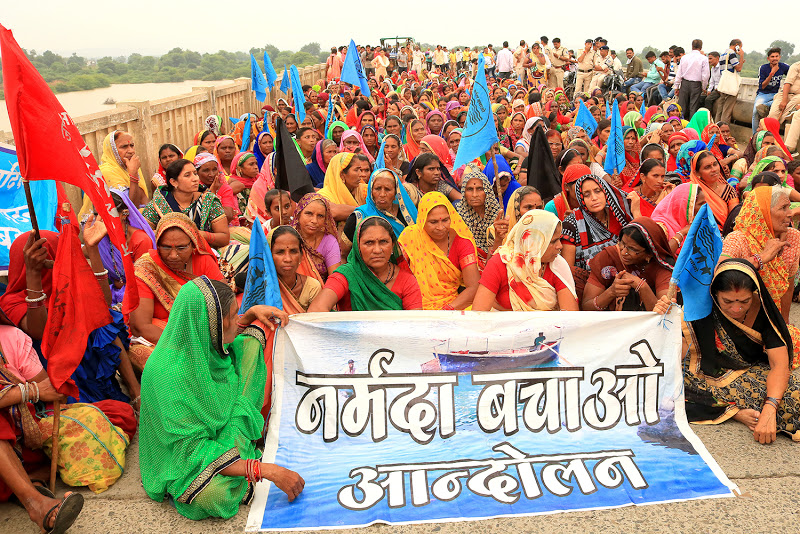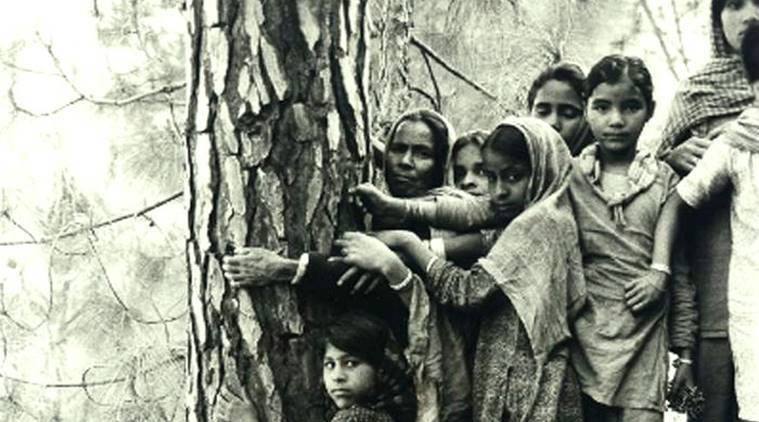
“We are either going to have a future where women lead the way to make peace with the earth or we are not going to have a human future at all”- Vandana Shiva.
Ecofeminism is an ideology, also a movement that acknowledges climate change, domination over women, and injustice in the society more broadly as naturally related problems and all tied to patriarchal dominance in the society. Ecofeminism also throws light on the fact that women around the world are not equally affected by environmental problems. According to the reports of the united nations because women have less monetary wealth around the world they are therefore more likely to be affected by climate, displaced by the climatic changes, and hence have to travel longer distances for resources, like water- when the dry seasons extend. Studies also prove that radiation affects women more greatly compared to men.
Origin
‘Ecofeminism ‘, was first coined by a French feminist Francoise d’ Eaubonne in 1974. According to her, the deprivation and oppression of women, non – white people, and the poor are naturally linked to the depletion of the natural world as both were born as a result of patriarchy.
There have been numerous movements over the years to preserve and protect the environment when it was abused and the life dependent on it, under threat. Few of such movements in India are like the well-known Chipko movement, the Narmada Bachao Andolan, save the Western Ghats, etc. anti-militarist movements in Europe and the United States of America. The movement against the dumping of hazardous waste also in the US and Kenya, the green belt movement.
Even though the movement of modern ecofeminist was born as a result of a series of workshops and many conferences, organizations, actions recognizing and also exploring the connection between women and nature and the social changes that were majorly held in the US by women in the academic field mostly during the late 1970s and early 1980s the subject of ecofeminism grew across the world as more people and activists started seeing the critical connection between the abuse of nature and exploitation of women.
Ecofeminism in India
After independence in 1947 in many different regions in India, people had already formed movements of nonviolence against the government to protect their livelihood, the environment, and their ways of life. These movements initially had emerged in the Himalayan regions of Uttar Pradesh and stretch to the tropical forests of Kerala in the south, from Gujarat to Tripura because the locals feared getting dislocated which would affect their basic right to land, water, and also their ecological stability of life support systems.
Narmada Bachao Andolan

Narmada is the largest west-flowing river. It supports a large variety of people with different cultures and traditions. In the jungles, there are indigenous people in a large number of rural populations. The Narmada Bachao Andolan is one of the most powerful mass movements India has seen. It started in 1985 against the construction of a huge dam on the Narmada river. The Narmada dam project whose aim was to provide electricity and drinking water to almost 40 million people which covered thousands of villages and towns but the opponents claimed that the Narmada dam project will also affect biodiversity by destroying many acres of forest and agricultural land. Led by a very prominent leader, Medha Patkar, this movement gained support at an international level. Protesters showed agitation through mass media, by going on hunger strikes, massive marches, rallies, there were even several documentary films on the subject. Narmada Bachao Andolan now 35 years, still carries the valour, zeal and determination of earlier days.
Chipko Movement

The word ‘chipko’ in Hindi means to stick or hug. Chipko was the method used to protect and prevent the trees from getting cut down. This movement began in 1977 in Uttarakhand at the Himalayan foothills. The exploitation of the forest by outside companies with the approval of the government had the reason for conflict between the people of the village and state. In this movement, the villagers adopted the Gandhian way to fight against the state. They were successful when the grant given to the companies to cut trees down was canceled. This success led to national and also international publicity for this movement.
Save the Western Ghats Movement
“ We have to get together again to stop the ecological degradation that is now taking place in the western ghats”- Pandurang Hedge, Appiko leader.
The padayatra organised by many environmental groups in 1988 covered over 1300 km. People walked across the states of Maharashtra, Goa, Karnataka, Tamil Nadu, and Kerala. The Western Ghats which have an incredible diversity of species both in animals and trees and the environmentalists had many concerns. The main concern was to prevent ecological degradation and also to revive and conserve the vast hilly forested region.

